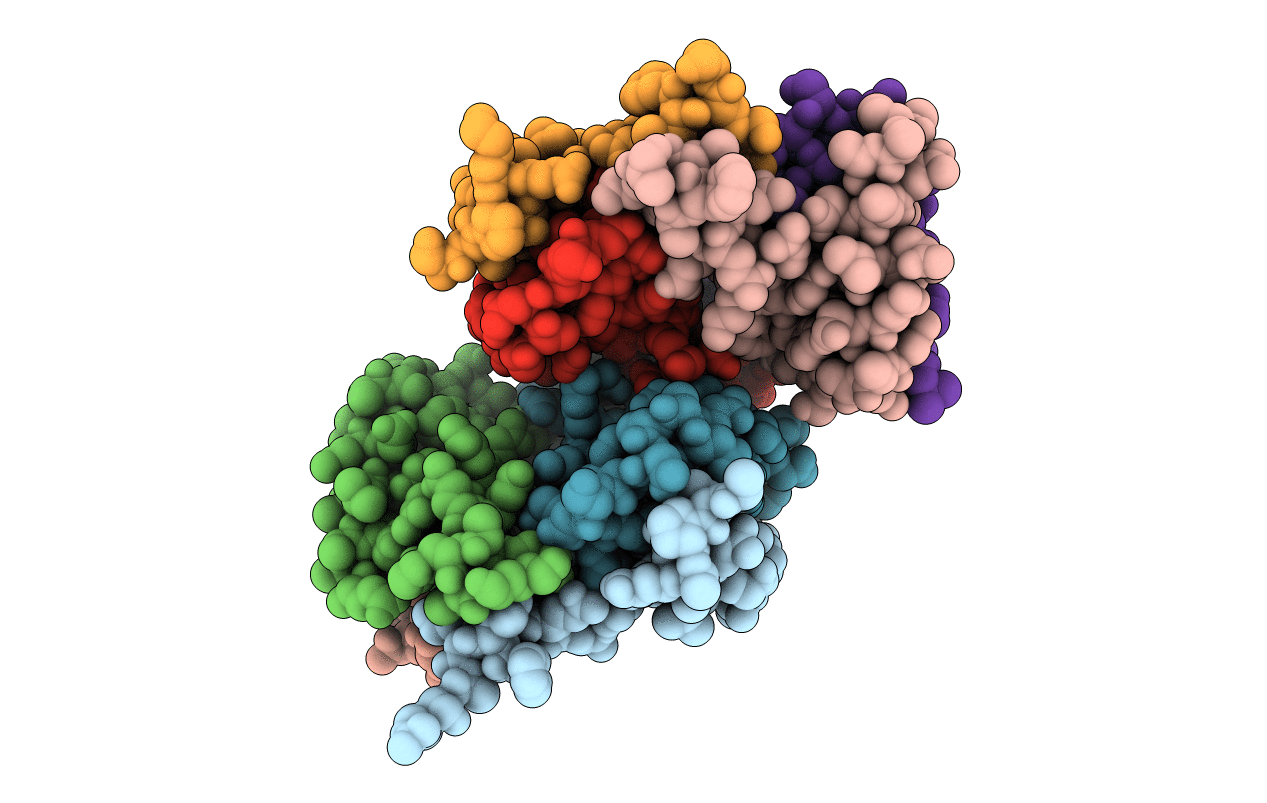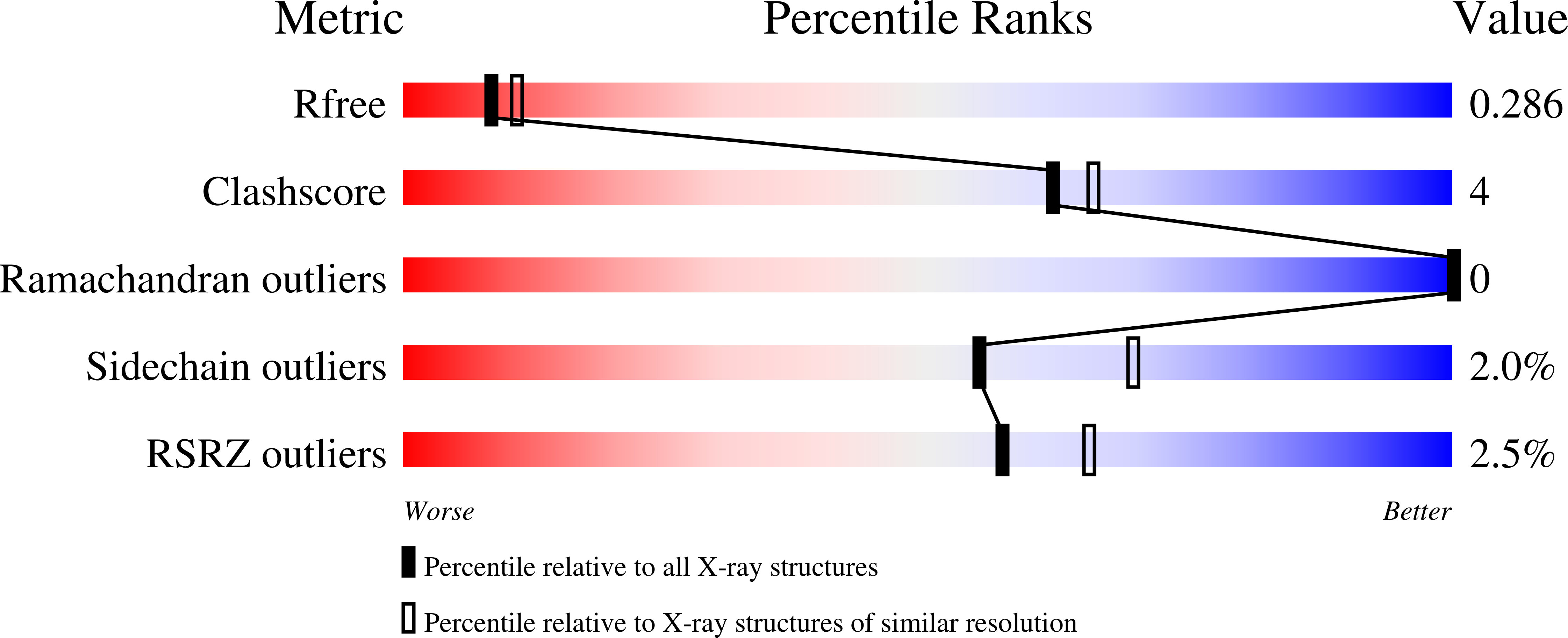
Deposition Date
2020-07-09
Release Date
2021-04-14
Last Version Date
2024-03-06
Entry Detail
PDB ID:
6XQK
Keywords:
Title:
Crystal structure of the D/D domain of PKA from S. cerevisiae
Biological Source:
Source Organism:
Saccharomyces cerevisiae (Taxon ID: 4932)
Host Organism:
Method Details:
Experimental Method:
Resolution:
2.56 Å
R-Value Free:
0.27
R-Value Work:
0.21
R-Value Observed:
0.21
Space Group:
P 1 21 1


